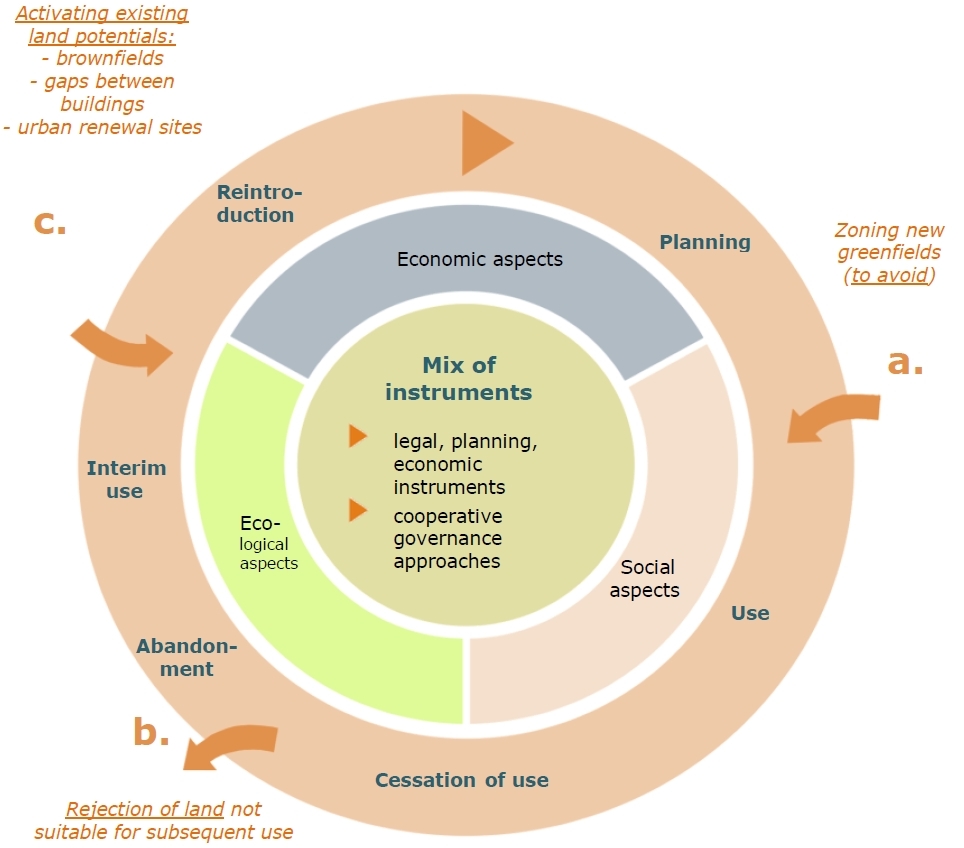Eco-Island . Circular Flow Land Use Management . Creative Island
Tatiana Armijos Moya, Pinal Desai, Truke Zeinstra
SUSTAINABILITY CRITERIA
According to Huang Baorong, Ouyang Zhiyun, Zheng Hua and others in their scientific article Construction of an eco-island: A case study of Chongming Island, China; it was stated that Eco-island is a sustainable concept characterized by integrating ecosystem structure and function, by a powerful ecological security defense system, by a sustainable use of natural resources, by a prosperous and stable eco-economy, by creating comfortable human habitats and by producing an extensive ecological civilization.
Regarding Public Space sub-system within “Texel Sustainable Island” project, it is important to consider these six characteristics of eco-island concept, especially the creation comfortable human habits, the integration ecosystem structures and functions and the development of prosperous and stable eco-economy as a consequence. Moreover, Baorong established that a good natural environment is the basis for comfortable human habitats, and it requires suitable physical and climate conditions, high environmental quality, secure food supply, high quality of natural ecosystem services, low risk of natural disasters, and pleasant landscape. What is more, it was stated that a good social and economic environments are extremely essential because they are related with the concept of people’s welfare. (Baorong Huang a, 2008)
Furthermore, in order to generate a sustainable public space it is important to consider some aspects such as a well-planned city layout, public transportation, promoting voluntary simplicity in lifestyle choices, decreasing material consumption, and increasing awareness of environmental and sustainability issues. Thus, generating a sustainable urban environment within the island.
The aim is to create a smart island that supports sustainable strategies in order to generate people’s welfare. Regarding all these aspects it is proposed to integrate a Circular Flow Land Use Management strategy.
Circular flow land use management concept represents a different philosophy of land use, based on “avoid – recycle – compensate”. This strategy allows the use of green areas under specific conditions, but primarily and systematically seeks to use the potential of all existing locations. (Ferber, 2006)
Avoid:
The conversion of now un-built open space or agricultural land into new developments is to be avoided.
Recycle:
Areas with uses that were once active and now exhibit no viable use should be recycled by either introducing new uses or through renaturation.
Compensate:
Compensation should be required when construction must take place on previously un-built land. This can be in the form of renaturation projects or through de-sealing measures in built areas, where soil sealing is no longer necessary. (IETU, 2010)
On the other hand, UNESCO’s action focuses on supporting the model of “creative cities” as laboratories for sustainable development, places where imagination, inspiration and innovation are openly and freely exchanged: platforms for dialogue and ideas, where a diversity of images, text, sounds are conceived, created, produced, exchanged and traded. Therefore, in order to generate a sustainable island it is proposed to generate a creative island. (UNESCO, 2014)
Bibliography
Baorong Huang a, *. Z. (2008). Construction of an eco-island: A case study of Chongming Island, China. ELSEVIER , 575-588.
IETU, I. f. (2010). Circular Flow Land Use Management (CircUse). Retrieved 11 21, 2014, from CircUse: http://www.circuse.eu/index.php?s=1
Ferber, T. P. (2006). Circular Flow Land Use Management: New Strategic, Planning and Instrumental Approaches for Mobilisation of Brownfields. Berlin 2006
